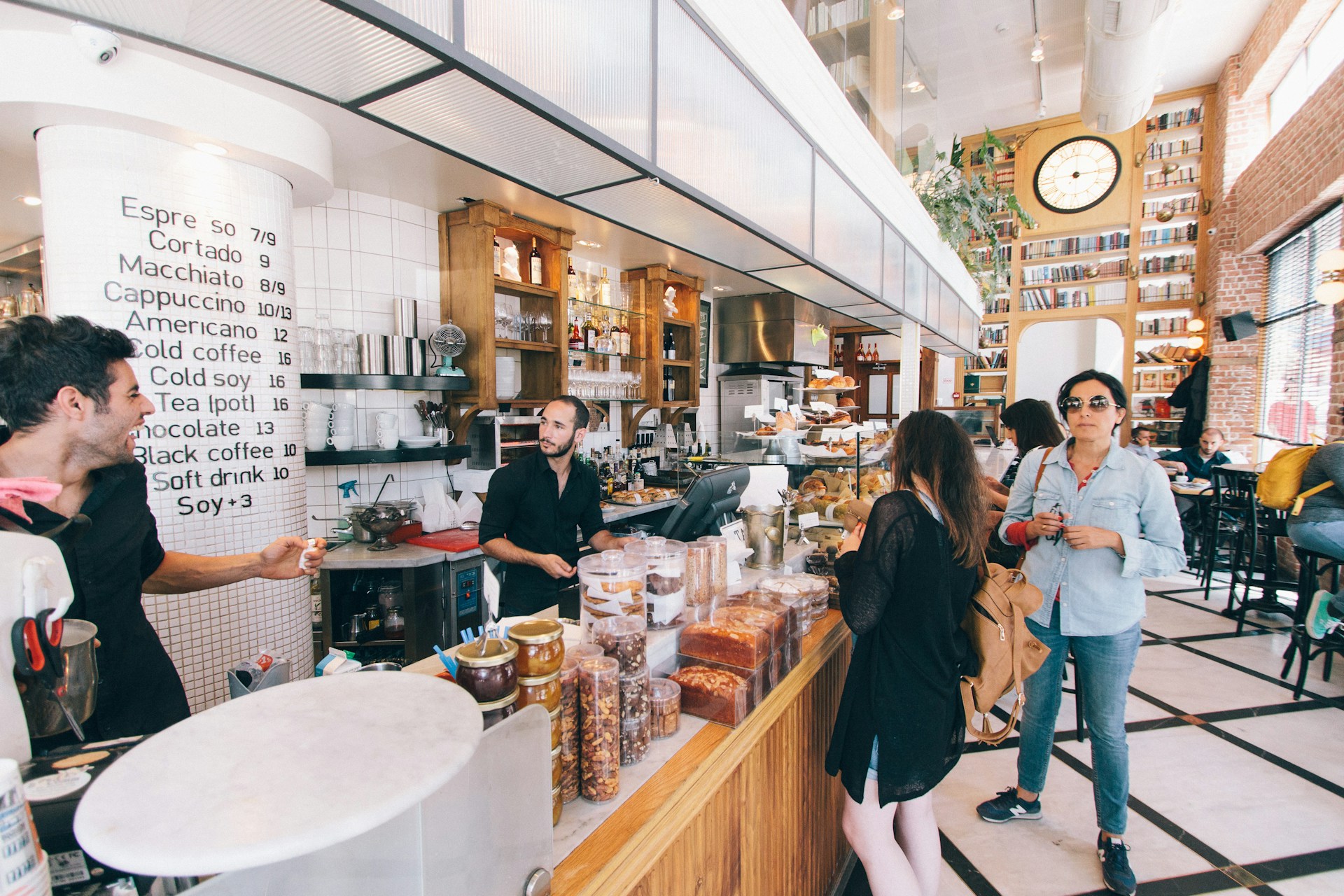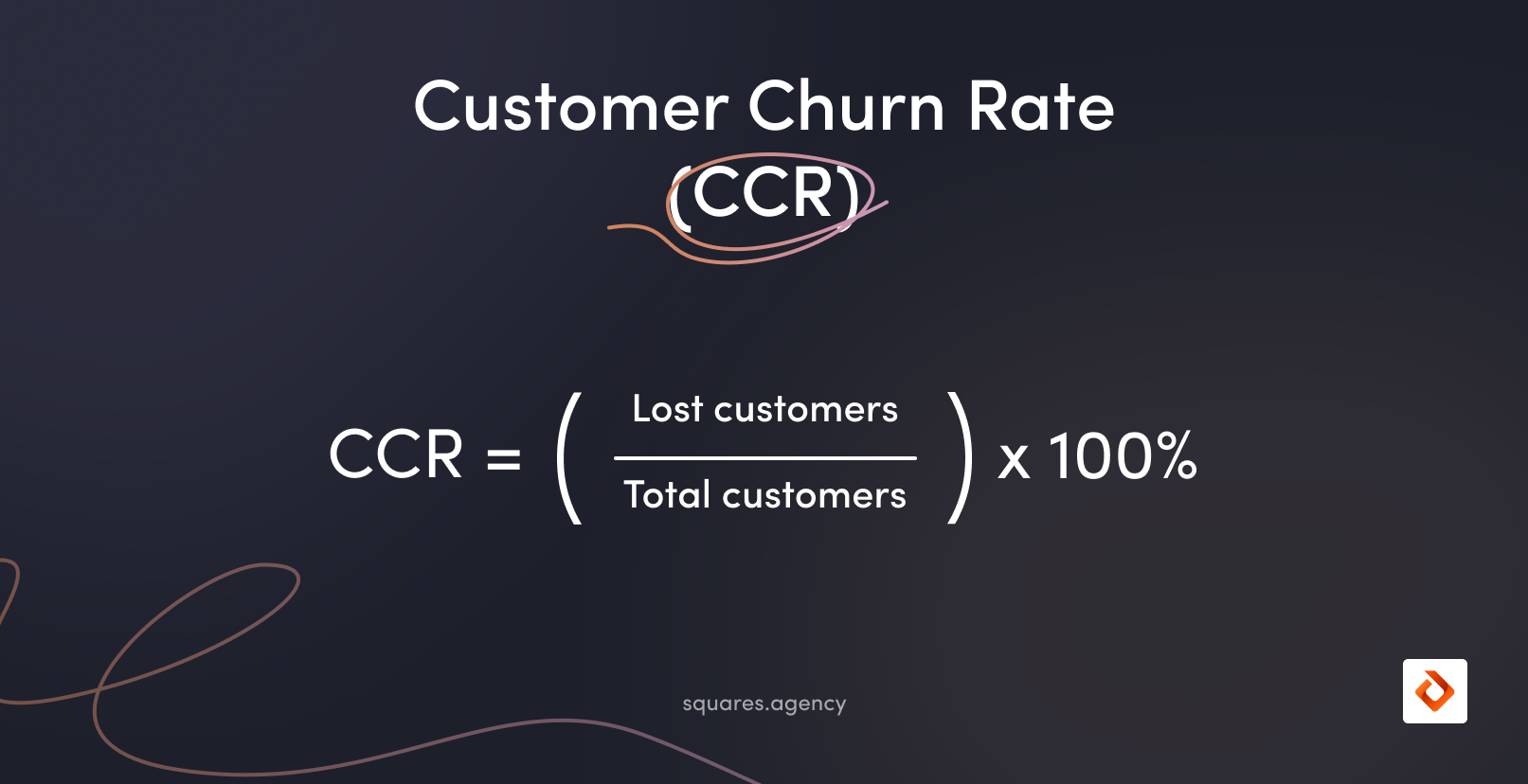What is Customer Churn Rate (CCR)?

In today’s dynamic business world, customer retention has become as important as customer acquisition. In this context, one of the key metrics that companies pay particular attention to is Customer Churn Rate, which measures the percentage of customers who discontinue using a company’s services. What is Churn, and why is it so significant for businesses? Let’s explain.
Understanding Churn Rate
Customer Churn Rate, commonly referred to as the “churn rate,” measures the percentage of customers who have stopped using a company’s services or products over a specified period. This can be expressed in a simple formula:

When we talk about “churning,” we refer to the process by which a company loses its customers or subscribers. Colloquially, to “churn” a customer means to lose them to another company or due to cancellation of the service. In a business context, this is a term that companies would prefer to avoid, as a high churn rate indicates a problem with customer retention.
Why is Churn Important?
Analyzing the Churn Rate allows companies to gain deeper insights into why customers are leaving. Is it due to pricing, quality of service, or perhaps competition offering something better? Understanding the causes can help develop strategies to reduce churn, improve satisfaction, and enhance customer loyalty.
Example of Starbucks
Starbucks, a global coffee brand, is a good example of a company that has effectively utilized digitalization to increase customer loyalty and decrease churn rates. By introducing a mobile app with a loyalty program, Starbucks made it easier for customers to pay in-store, place orders in advance, and gain access to exclusive rewards and events.
The app became not only a tool for facilitating transactions but also a powerful source of user data, allowing for the personalization of offers and further increasing visit frequency and customer spending. The innovative use of user data for personalizing offers and optimizing the locations of new stores has significantly contributed to sales growth and the establishment of lasting relationships with customers.
4o mini
Powiedziałeś(-aś):
Churn Rate Calculator
6 Example Methods to Help Reduce Churn Rate
1. First and foremost, starting to collect data and creating a process: Beginning to collect data and establishing a process for cyclically calculating the Churn Rate is a key step toward understanding and reducing customer departures. This process starts by defining what exactly “customer departure” means in the context of a specific business—whether it is ceasing to use the application, canceling a subscription, or something else. Next, it is essential to establish a process that continuously collects data regarding customer interactions with the product or service, such as logins, transactions, website activity, and feedback.
2. Implementing a feedback system and continuously improving the product: By allowing users to easily provide feedback and suggestions regarding the application or service, companies can quickly respond to issues and adapt the product to the changing needs of customers. Effectively utilizing user feedback for continuous product improvement can significantly lower the Churn Rate.
3. Loyalty programs: Implementing loyalty programs that reward users for frequent use of services or making purchases can effectively increase their engagement and loyalty. Starbucks is a great example, where the mobile app offers a rewards system that increases customer visit frequency and spending.
4. Gamification and challenges: Introducing gamification elements, such as achievements, points, rankings, or challenges to mobile or web applications, can significantly enhance user engagement. By motivating them to regularly use the application and interact with the brand, companies can build deeper loyalty and increase customer satisfaction.
5. Personalized product development paths: Creating personalized product development paths is based on a deep understanding of users’ experiences and needs at every stage of their interaction with the product or service. A key element here is the cyclic collection of data on how users engage with the application or service, including which features are most valuable to them, where they encounter difficulties, and what their expectations are for future updates.
6. Virtual Customer Assistants (VCA): Utilizing AI-powered virtual customer assistants to provide quick and personalized help to each user, minimizing frustration related to waiting for support.


